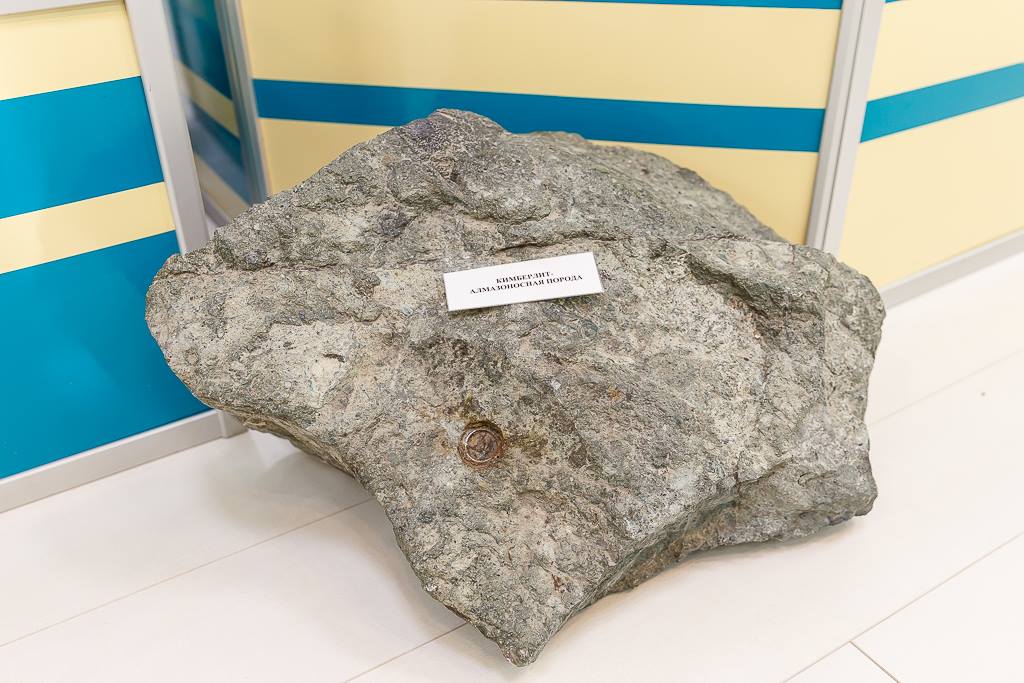'MAYBE' TECH
Alrosa tests CO2 capture potential by its oreReuters | September 16, 2021 |

Kimberlite is an igneous rock which fills up volcanic pipes. Credit: Alrosa
State-controlled diamond producer Alrosa has teamed up with Russian scientists to test the ability of its processed ore to absorb carbon dioxide, the company said on Thursday, adding that initial results of the study have been promising.

Alrosa, the world’s largest diamond producer, mines the precious stones from kimberlite ore in the remote Yakutia region in Russia’s far east. It plans to adopt a climate change strategy in the first quarter of 2022.

It currently generates 90% of its power from renewable sources and keeps on replacing fuel for its transport with natural gas to reduce greenhouse gas emissions, but admits that absorbing CO2 from the atmosphere or offset measures will be needed for its goal to become carbon-neutral in the future.
If diamond-containing kimberlite rock is able to absorb emissions of the main greenhouse gas, it would help diamond companies fully join global efforts to slow down global warming.
Alrosa’s main peer – De Beers – started piloting a project to capture carbon in kimberlite rock to offset emissions in 2017.
“If future research confirms the preliminary data, it would mean that we have established significant potential for compensating greenhouse gas emissions in diamond mining through the ore’s ability to absorb carbon dioxide from the atmosphere,” Mikhail Dubovichev, head of innovation and technology at Alrosa, said in a statement.
The first and initial phase of Alrosa’s study, which will last until 2023, showed that kimberlite ore in its tailings could potentially absorb more CO2 than the entire company generates, it said in the statement. In 2020, Alrosa’s direct emissions totalled 997,000 tonnes of CO2 equivalent.
Tested samples of stored kimberlite ore, mined from its Udachnaya pipe, could absorb as much as 80 kg of CO2 per tonne of processed ore, Alrosa said.
The estimate was based on ore samples that spent between one month and ten years in its tailings storage, and comparison with samples of ore just removed from the pipe, it added.
(By Polina Devitt; Editing by Matthew Lewis)
No comments:
Post a Comment